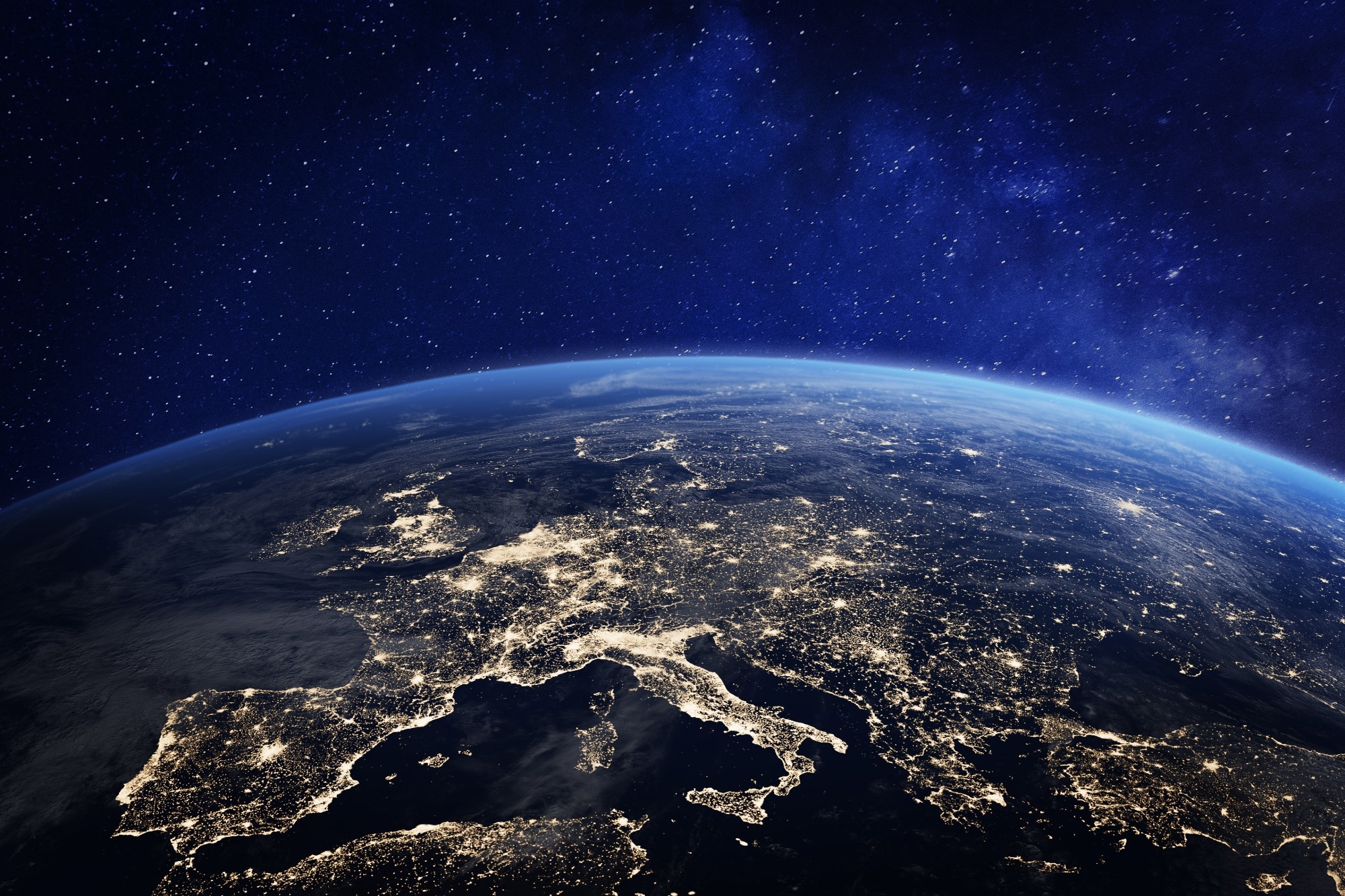Researchers from the University of Reading, in collaboration with international partners, recently announced the launch of a satellite named EarthCARE. This long-anticipated project is expected to significantly enhance the accuracy of climate change predictions and contribute to efforts against global warming.

Image Credit: NicoElNino/Shutterstock.com
After more than 30 years of planning, researchers are finally set to launch a brand-new satellite that will transform the knowledge of the role aerosol particles and clouds play in climate change.
Anthony Illingworth, a Professor at the University of Reading, is the man behind the EarthCARE satellite. The European Space Agency (ESA) approved the project back in 2004 after its first conception in 1993.
The satellite is set to blast off from California’s Vandenberg Space Force Base on board one of Elon Musk’s SpaceX rockets, scheduled for launch no earlier than Tuesday, 28th May 2024.
The EarthCARE mission stands as a prime example of effective UK and international collaboration, highlighting the critical role of consistent, targeted research efforts. The satellite, equipped with four state-of-the-art instruments, will deliver comprehensive data on the dynamic interactions between clouds, aerosols, and Earth's climate systems. This invaluable data is expected to significantly enhance our understanding of climate change, shaping strategic decisions in climate adaptation and mitigation policies moving forward.
When we first started dreaming up this project, I never imagined I would be flying out to the United States to watch our satellite launch 30 years later. It is been a long and challenging journey with an amazing team of dedicated scientists and engineers from the UK and abroad. Together, we have created something truly remarkable that will change the way we understand our planet.
Anthony Illingworth, Professor, Department of Atmospheric Physics, University of Reading
Illingworth said, “The data we gather from EarthCARE will be invaluable in helping us observe the precise mechanisms involved in how clouds and dust reflect and absorb heat. This will make our predictions for the future of our climate even more precise, meaning we can make more informed decisions about how to mitigate and adapt to the challenges posed by a warming world.
The extraordinary data we receive will help us create a more sustainable future for our planet. It is a humbling and thrilling experience to be part of something so significant.
Anthony Illingworth, Professor, Department of Atmospheric Physics, University of Reading
Fantastic Four
The EarthCARE satellite is equipped with a 2.5-meter-wide antenna and incorporates cutting-edge technology, including lidar and radar systems never previously used in space. These innovations will provide highly detailed vertical profiles of clouds. Additionally, the satellite features a radiometer and a multi-spectral imager, all powered by an 11-meter-long solar panel.
These four instruments will deliver data on cloud structure and aerosols with unprecedented precision, enhancing scientific understanding of how clouds and aerosols affect Earth’s climate by reflecting solar radiation and trapping infrared radiation. This is critical as current climate models show variability in their predictions regarding the climate-regulating effects of clouds and aerosols. For instance, fewer cloudy days would result in less solar energy being reflected back into space, potentially accelerating climate warming.
The new data provided by EarthCARE will enable scientists to refine climate models with greater accuracy, leading to enhanced predictions and more effectively informed climate policy decisions.
British and International Collaborations
The satellite is scheduled to operate for a duration of three years. Its orbit, which is 393 km altitude and crosses the equator in the early afternoon to maximize daytime observations, will circle the Earth every 90 minutes. It is currently the biggest and most intricate mission in the Earth Explorer program of the European Space Agency (ESA).
The National Centre for Earth Observation (NCEO), the universities of Reading, Oxford, and Leicester, Imperial College, Airbus, the National Centre for Atmospheric Science, Surrey Satellite Technology Ltd., and international partners like the European Centre for Medium-Range Weather Forecasts are among the 23 UK collaborators involved in the satellite mission.
This project is a joint venture between the European Space Agency and the Japan Aerospace Exploration Agency.